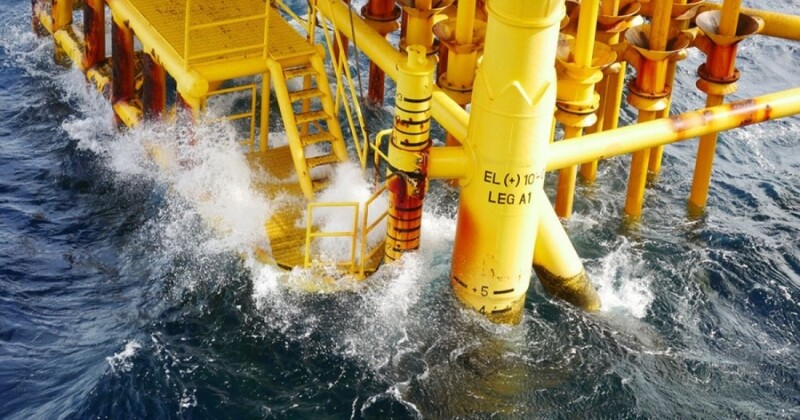Waves break once they swell to a critical height, before cresting and crashing into a spray of droplets and bubbles. These waves can be as large as a surfer’s point break and as small as a gentle ripple rolling to shore. For decades, the dynamics of how and when a wave breaks have been too complex to predict.
Now, engineers at the Massachusetts Institute of Technology (MIT) have found a new way to model how waves break. The team used machine learning along with data from wave-tank experiments to tweak equations that have traditionally been used to predict wave behavior. Engineers typically rely on such equations to help them design resilient offshore platforms and structures. But until now, the equations have not been able to capture the complexity of breaking waves.
The updated model made more accurate predictions of how and when waves break, the researchers found. For instance, the model estimated a wave’s steepness just before breaking, and its energy and frequency after breaking, more accurately than the conventional wave equations.
Their results, published in the journal Nature Communications, will help scientists understand how a breaking wave affects the water around it. Knowing precisely how these waves interact can help hone the design of offshore structures. It can also improve predictions for how the ocean interacts with the atmosphere. Having better estimates of how waves break can help scientists predict, for instance, how much carbon dioxide and other atmospheric gases the ocean can absorb.
“Wave breaking is what puts air into the ocean,” said study author Themis Sapsis, an associate professor of mechanical and ocean engineering and an affiliate of the Institute for Data, Systems, and Society at MIT. “It may sound like a detail, but if you multiply its effect over the area of the entire ocean, wave breaking starts becoming fundamentally important to climate prediction.”
The study’s coauthors include lead author and MIT postdoc Debbie Eeltink, Hubert Branger and Christopher Luneau of Aix-Marseille University, Amin Chabchoub of Kyoto University, Jerome Kasparian of the University of Geneva, and T.S. van den Bremer of Delft University of Technology.
Learning Tank
To predict the dynamics of a breaking wave, scientists typically take one of two approaches: They either attempt to precisely simulate the wave at the scale of individual molecules of water and air or they run experiments to try and characterize waves with actual measurements. The first approach is computationally expensive and difficult to simulate even over a small area; the second requires a huge amount of time to run enough experiments to yield statistically significant results.
The MIT team instead borrowed pieces from both approaches to develop a more efficient and accurate model using machine learning. The researchers started with a set of equations that is considered the standard description of wave behavior. They aimed to improve the model by training the model on data of breaking waves from actual experiments.
“We had a simple model that doesn’t capture wave breaking, and then we had the truth, meaning experiments that involve wave breaking,” Eeltink said. “Then we wanted to use machine learning to learn the difference between the two.”

